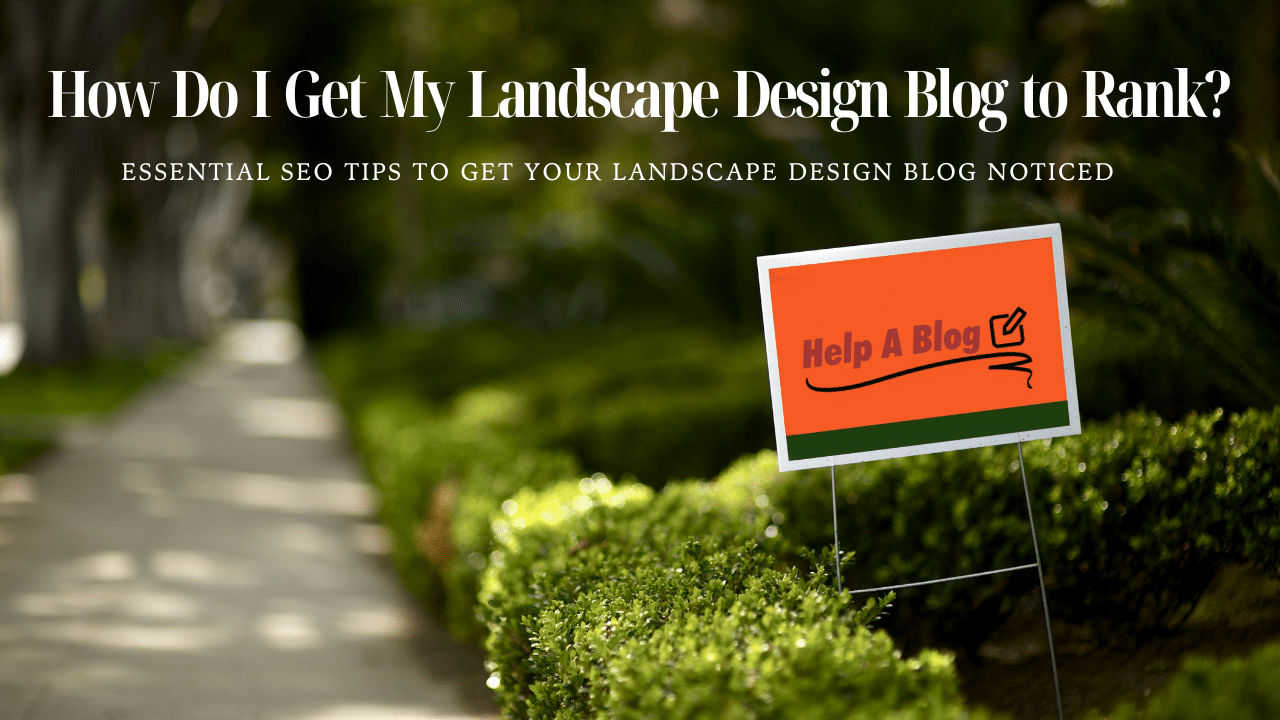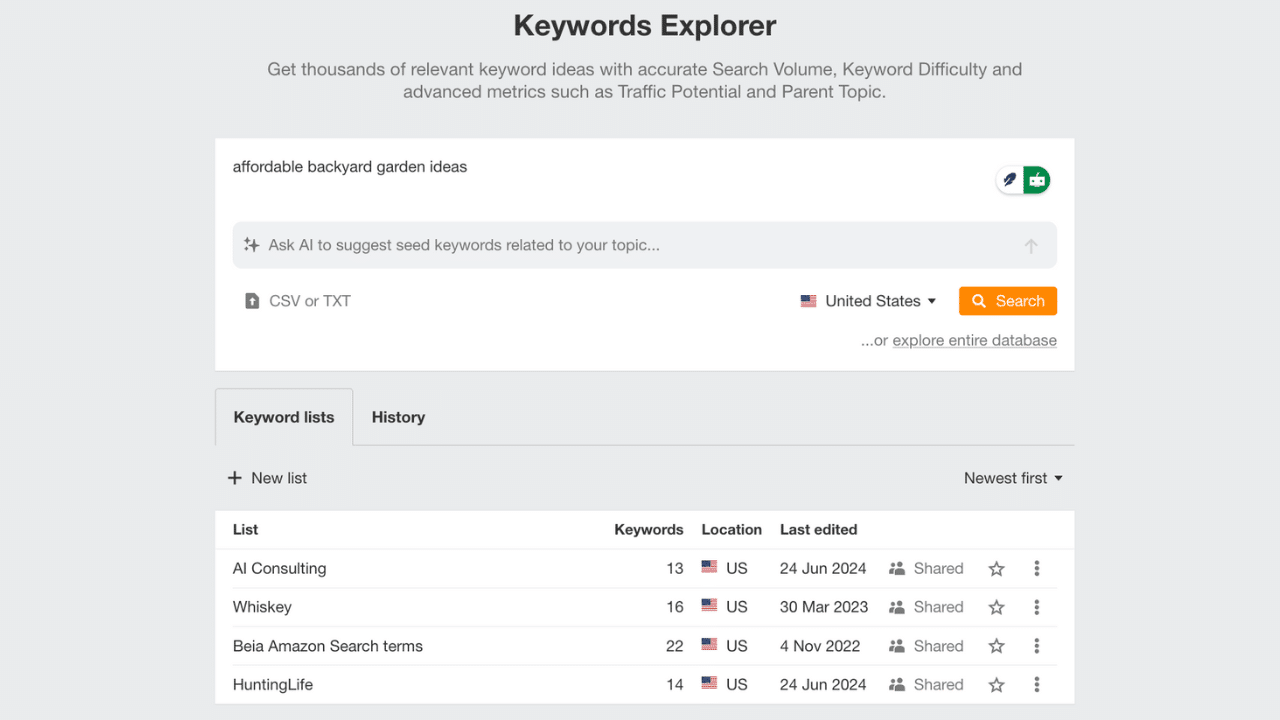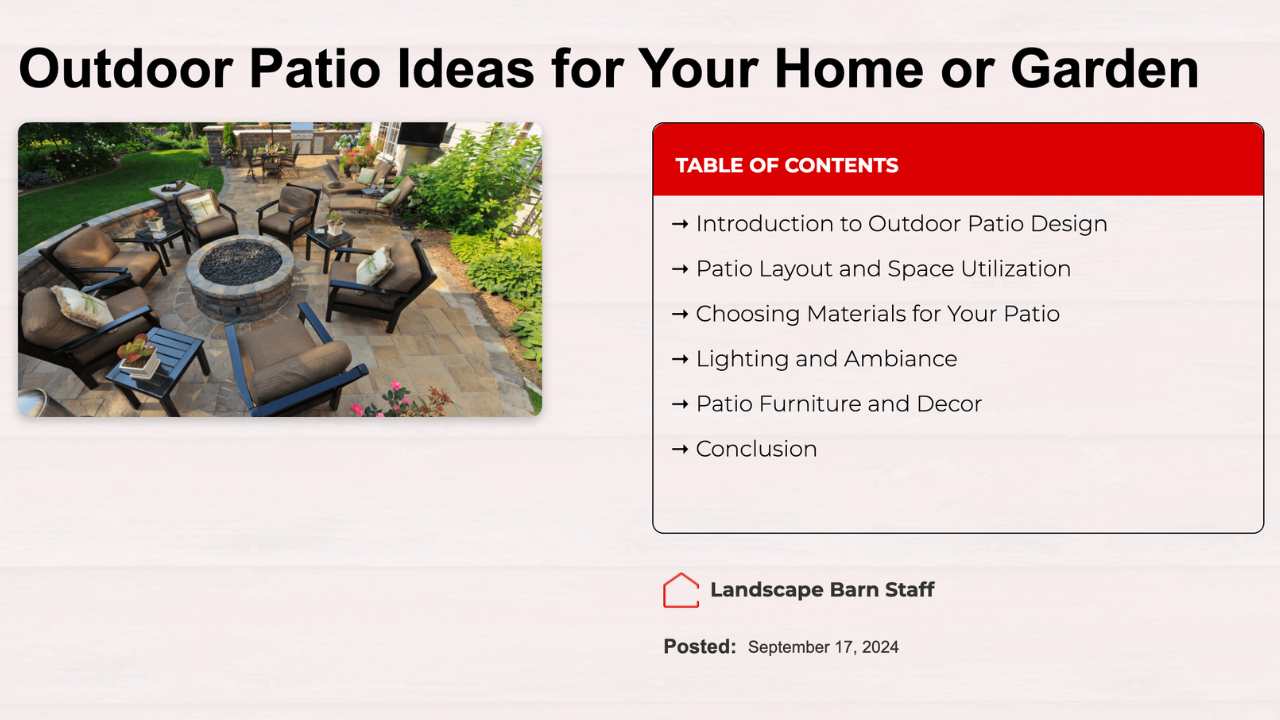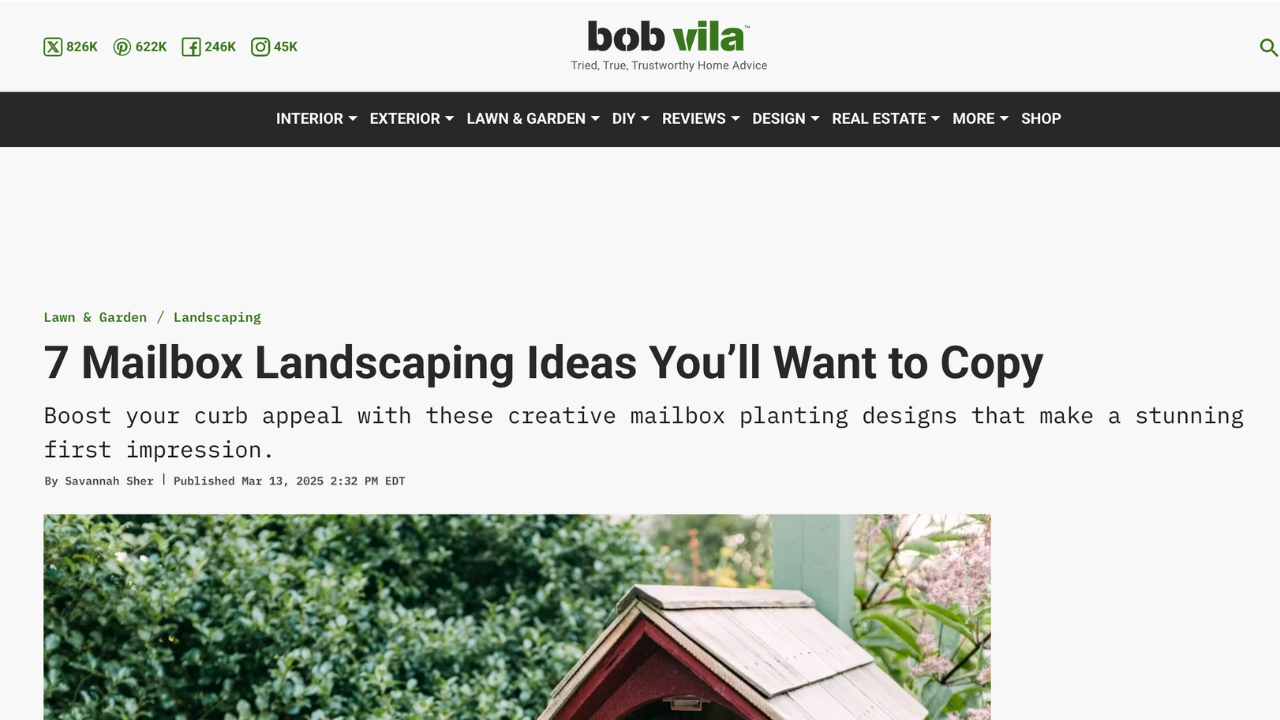How Do I Get My Landscaping Design Blog to Rank?
Table of Contents
Understanding SEO for Landscaping Design Blogs

Search engine optimization (SEO) is about optimizing your blog content so that it ranks higher in search engine results, making it easier for people to find your landscaping tips and design ideas.
The goal is to create a blog that not only attracts traffic but also engages visitors. SEO helps your blog stand out by making it visible when people search for landscaping-related topics. When done correctly, it can establish your authority in the landscaping space and drive more readers to your site.
What is SEO and Why It Matters for Landscaping Design Content
SEO is the process of tailoring your blog to meet the preferences of search engines like Google. For landscaping design blogs, this means using the right keywords, optimizing images, and writing high-quality, valuable content.
SEO matters because without it, even the best-written blog post might go unseen. When people search for design ideas, garden tips, or outdoor inspiration, SEO ensures that your blog shows up and gets the traffic it deserves.
Ready to Boost Your Blog’s Rank? Get in Touch!
Blog Contact Form
"*" indicates required fields
Key Ranking Factors in the Landscaping and Outdoor Design Industry
Several key factors influence how well your landscaping blog ranks. Quality content is crucial. Google rewards well-researched, useful posts.
Keyword optimization is another way using the right terms will help your blog get noticed by search engines.
A user-friendly website with fast load times and mobile responsiveness is also important. Lastly, backlinks (links from other websites pointing to your blog) signal authority to Google, so getting these from reputable sites can greatly boost your ranking.
Keyword Research for Landscaping Design Blogs
Effective keyword research is essential to ranking well. By targeting the right keywords, you ensure that your blog is discoverable by people who are interested in landscaping and outdoor design. Research helps you understand what your audience is searching for and lets you tailor your content to meet their needs.
Finding High-Volume, Low-Competition Keywords for Landscaping
When conducting keyword research, focus on finding terms that are searched frequently but aren’t overly competitive. These are often niche keywords that have less competition but still attract traffic, like “best low-maintenance plants for landscaping” or “affordable backyard garden ideas.” Tools like Google Keyword Planner and Ahrefs can help you find these opportunities by showing search volume and competition levels for various keywords.

Long-Tail Keywords for Garden Design, Outdoor Spaces, and Seasonal Tips
Long-tail keywords are specific phrases that tend to have lower search volume but attract a highly targeted audience. Phrases like “how to design a small front yard” or “winter garden care tips” are examples of long-tail keywords. They are more likely to rank since they are less competitive, and people searching for them are usually looking for detailed information, which can result in higher engagement on your blog.
Tools to Use for Effective Keyword Research
There are several great tools to help with keyword research. Google Keyword Planner is free and easy to use for basic keyword discovery.
For more advanced analysis, tools like Ahrefs and SEMrush provide deeper insights into search volume, competition, and keyword variations. Using these tools will help you find the right keywords to target and guide your content creation process.
On-Page Optimization Techniques
On-page SEO is all about what you can control directly on your blog. This includes how you structure your titles, use images, and link to other content. Strong on-page optimization makes your site easier for search engines to understand and more enjoyable for readers to explore.
Optimizing Titles, Headings, and Meta Descriptions for Landscaping Content
Your titles and headings should include relevant keywords naturally, like “modern backyard design ideas” or “low-maintenance garden tips.” Think of your title as a promise to the reader. Meta descriptions, while not a ranking factor, help increase click-through rates. Keep them clear, relevant, and under 160 characters. They should preview the value of your blog post in a way that makes someone want to read it.

Internal Linking for Establishing Topic Authority in Landscaping Design
Internal linking connects your blog posts to one another. For example, if you write about drought-resistant plants, link to your post about water-saving irrigation systems. This not only helps visitors stay longer on your site, but also shows Google that you have in-depth content around related topicswhich boosts your authority in the landscaping niche.
Image SEO: ALT Text for Plant Images, Design Layouts, and Before/After Photos
Images are key in landscaping blogs, but they need to be optimized too. Use descriptive ALT text that explains what’s in the image for example, “before photo of backyard with patchy grass” or “succulent garden layout for dry climates.” This helps with accessibility and gives search engines more context about your content.
Content Creation Tips for Higher Ranking
Strong content is the heart of a successful landscaping blog. To rank well, you need to consistently publish posts that are helpful, easy to follow, and visually engaging. You’re not just writing for algorithms; you’re writing for real people who want real results in their yards.
Writing Engaging, Informative Content with Garden Transformation Stories
Readers love transformation stories. Walk them through how a messy, unused yard became a functional, beautiful space. Share before-and-after photos, budget details, plant choices, and any challenges you faced. Personal, story-driven content is memorable and highly effective for SEO and engagement.
Using Visual Content Like Step-by-Step Garden Design Videos and Before-and-After Galleries
Landscaping is visual by nature. A short video showing how you laid out a garden bed or a photo gallery of a front yard makeover can do more than paragraphs of text. Visual content keeps people on your site longer, which signals value to search engines and improves your rankings.
Creating Seasonal Guides for Planting, Maintenance, and Outdoor Decor
Seasonal content performs well because people search for timely advice. Consider writing posts like “Spring Landscaping Checklist” or “Fall Garden Prep Tips.” These posts can drive recurring traffic every year and position your blog as a go-to source for seasonal planning.
Off-Page SEO and Link Building Strategies
Off-page SEO is all about building your blog’s reputation beyond your own website. When other reputable sites link to your content, it signals to search engines that your blog is trustworthy and valuable. Think of backlinks as digital word-of-mouth recommendations.
Guest Blogging on Home Improvement and Gardening Websites
Writing guest posts for established blogs in the home improvement or gardening niches can significantly boost your visibility. By sharing your expertise on these platforms, such as Quoted, you not only reach a broader audience but also earn valuable backlinks to your site. This strategy enhances your blog's authority and can drive targeted traffic interested in landscaping design

Building Backlinks through Local Nurseries, Suppliers, and Landscaping Forums
Collaborating with local nurseries and suppliers can be mutually beneficial. Consider writing about their products or featuring them in your projects, and in return, they might link back to your blog. Additionally, participating in landscaping forums allows you to share your knowledge and link to relevant blog posts, establishing your authority in the community.
Leveraging Social Media to Share Design Tips and Showcase Your Projects
Social media platforms are powerful tools for promoting your blog content. By regularly sharing design tips, project photos, and engaging with your audience, you increase the chances of your content being shared and linked to by others. This not only drives traffic but also signals to search engines that your content is valuable and relevant.
Partnering with Brands and Influencers in the Landscaping Niche
Collaborating with brands and influencers who align with your blog's focus can expand your reach. These partnerships can lead to shared content, co-created projects, and mutual backlinks. Influencer collaborations, in particular, can introduce your blog to new audiences and enhance your credibility in the landscaping community.
Wrapping It Up: Key Takeaways for Boosting Your Landscaping Design Blog’s Ranking
Improving your landscaping design blog's SEO involves a combination of on-page and off-page strategies. By optimizing your content with relevant keywords, ensuring your website is user-friendly, and building quality backlinks through guest posts, local collaborations, and social media engagement, you can enhance your blog's visibility and authority. Remember, consistency and providing value to your readers are key.
